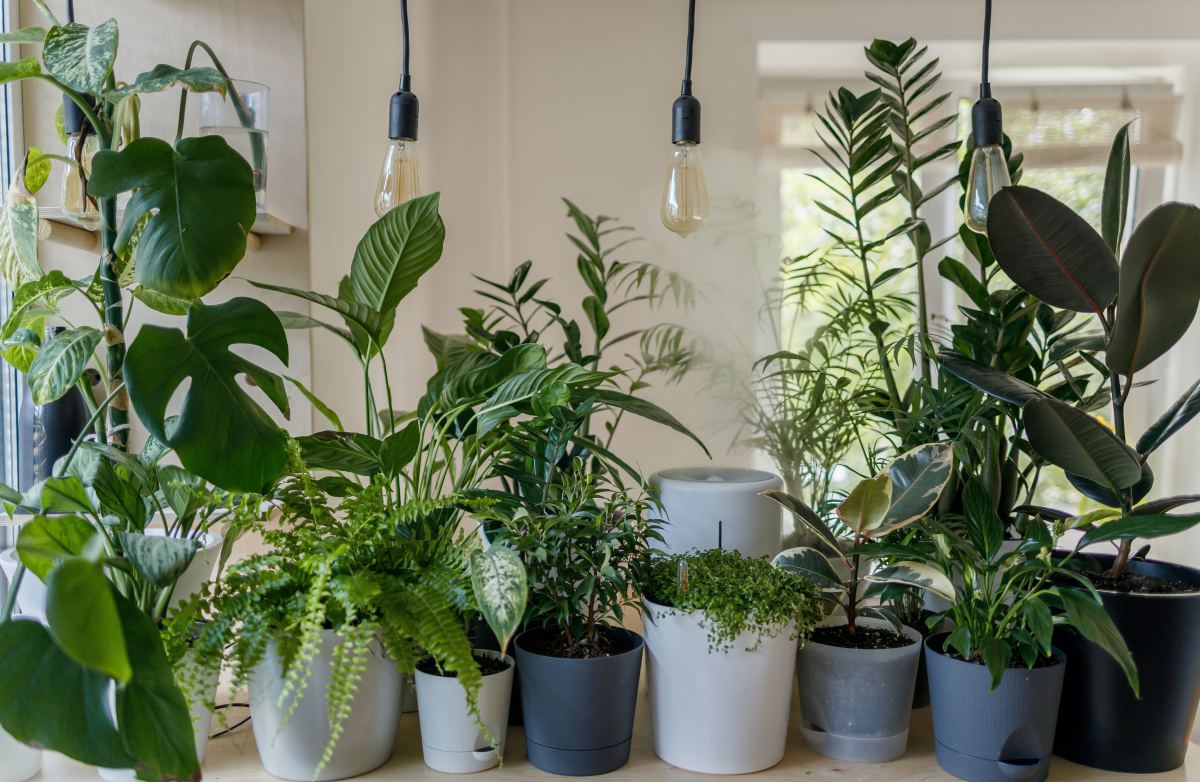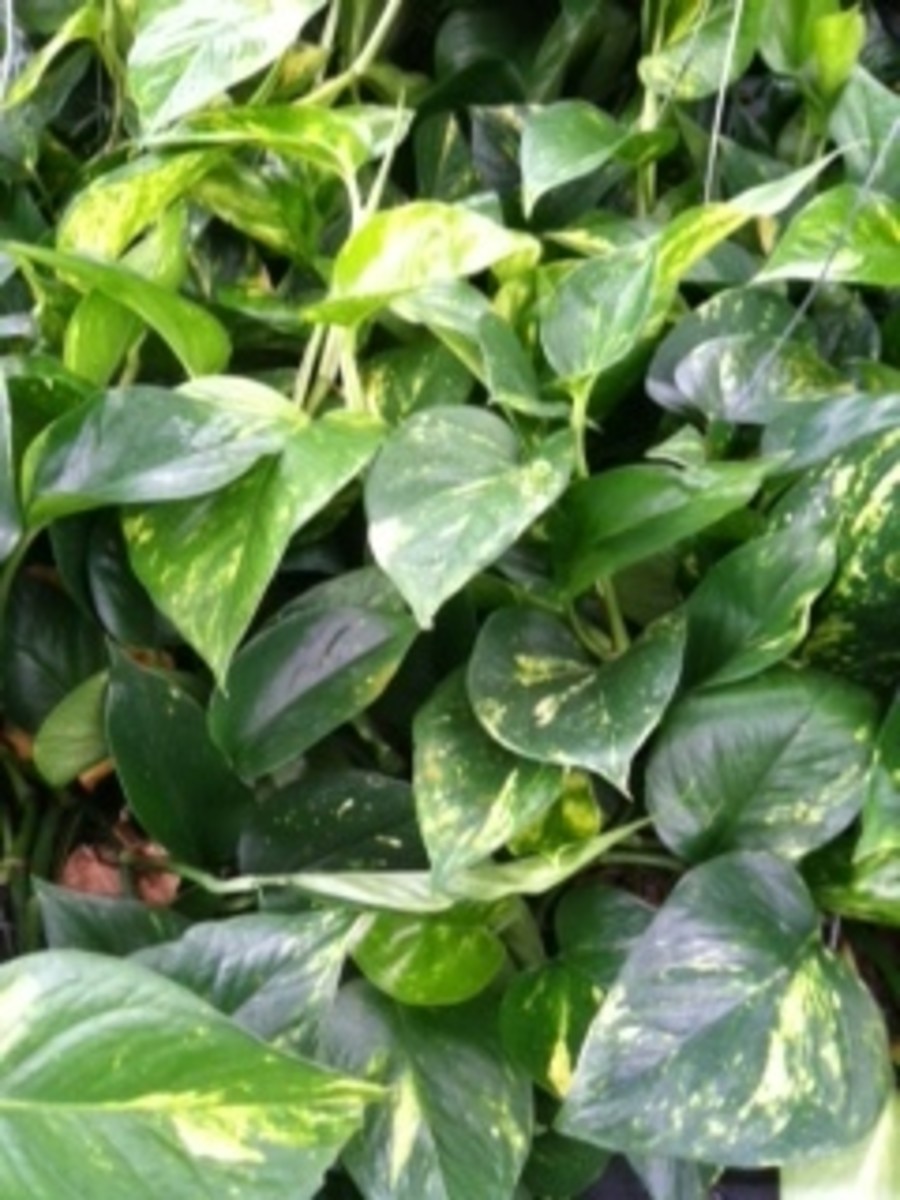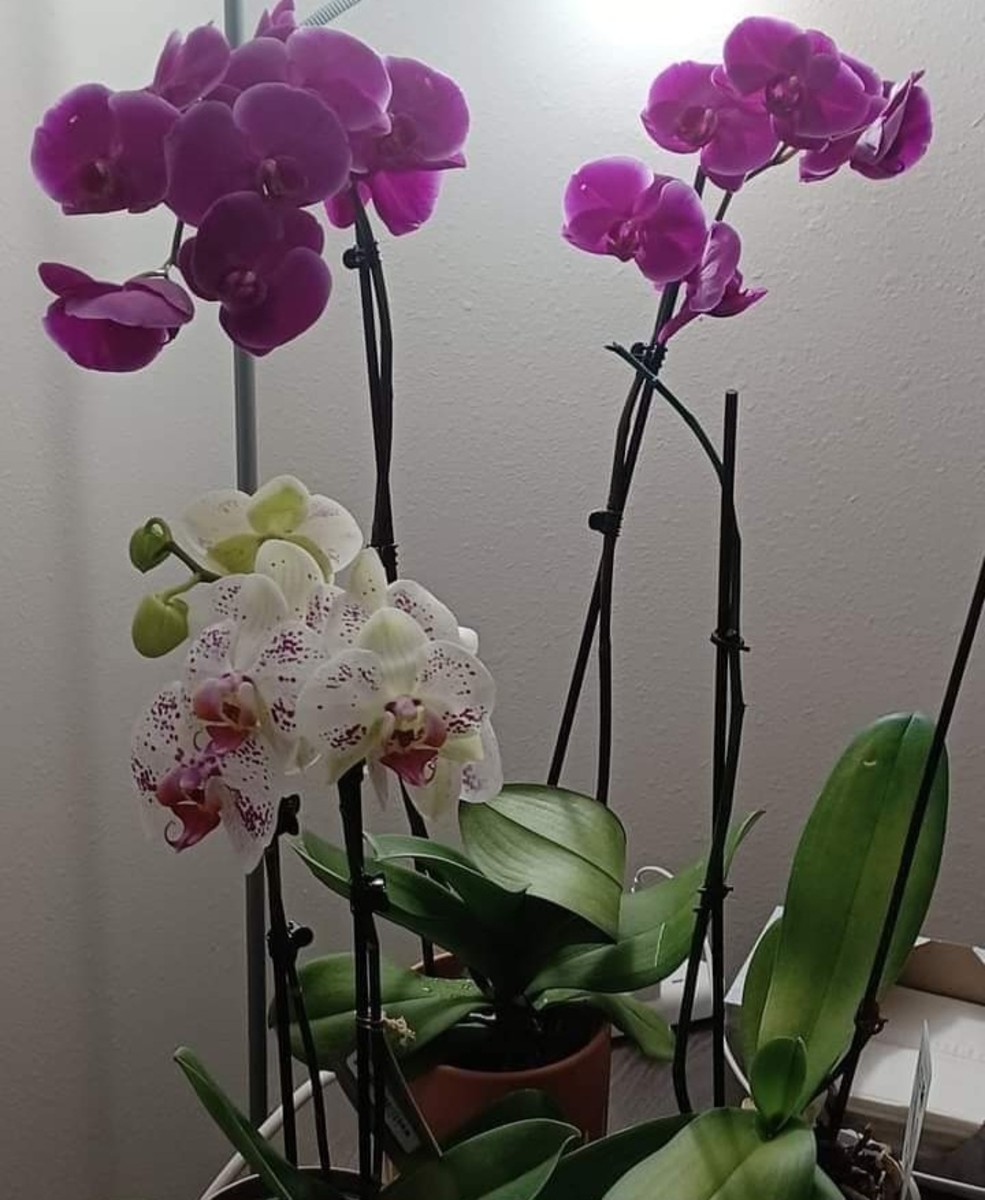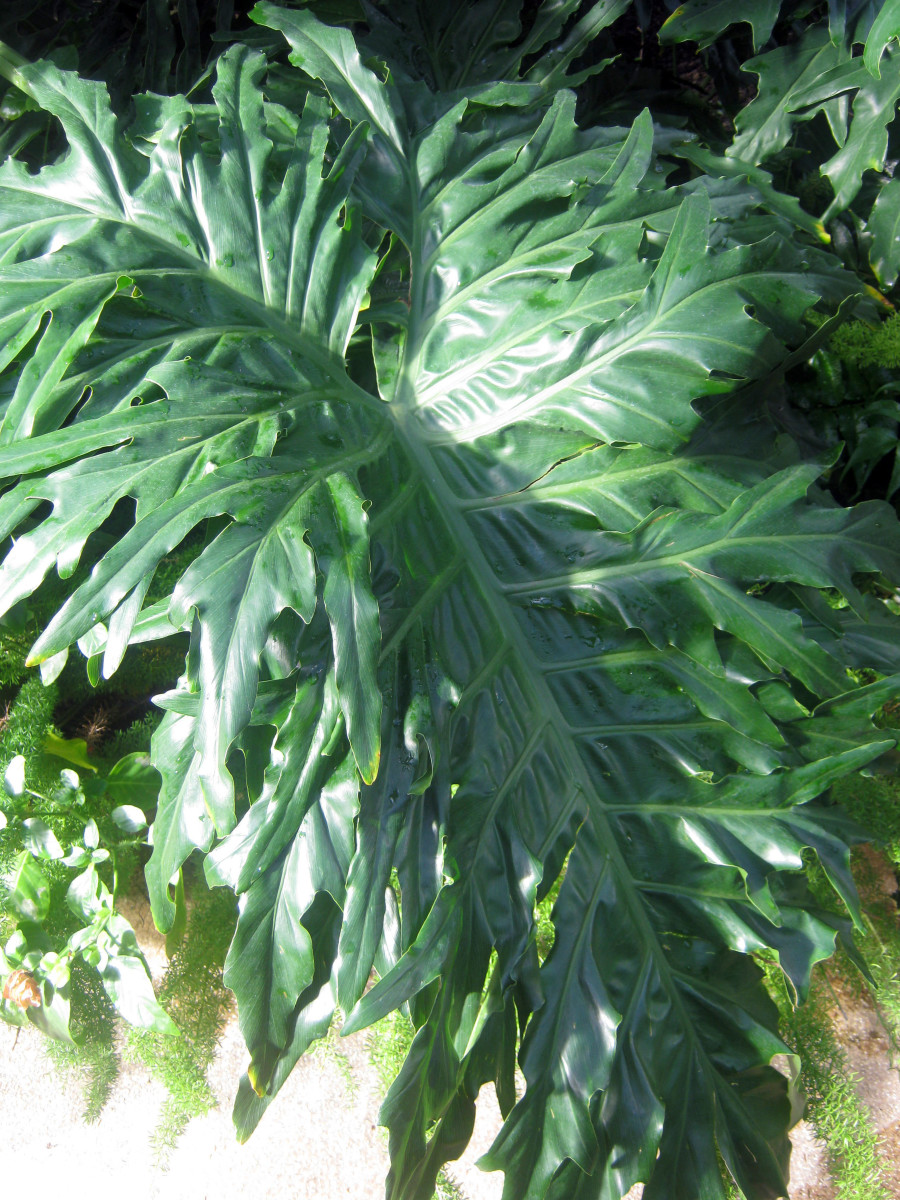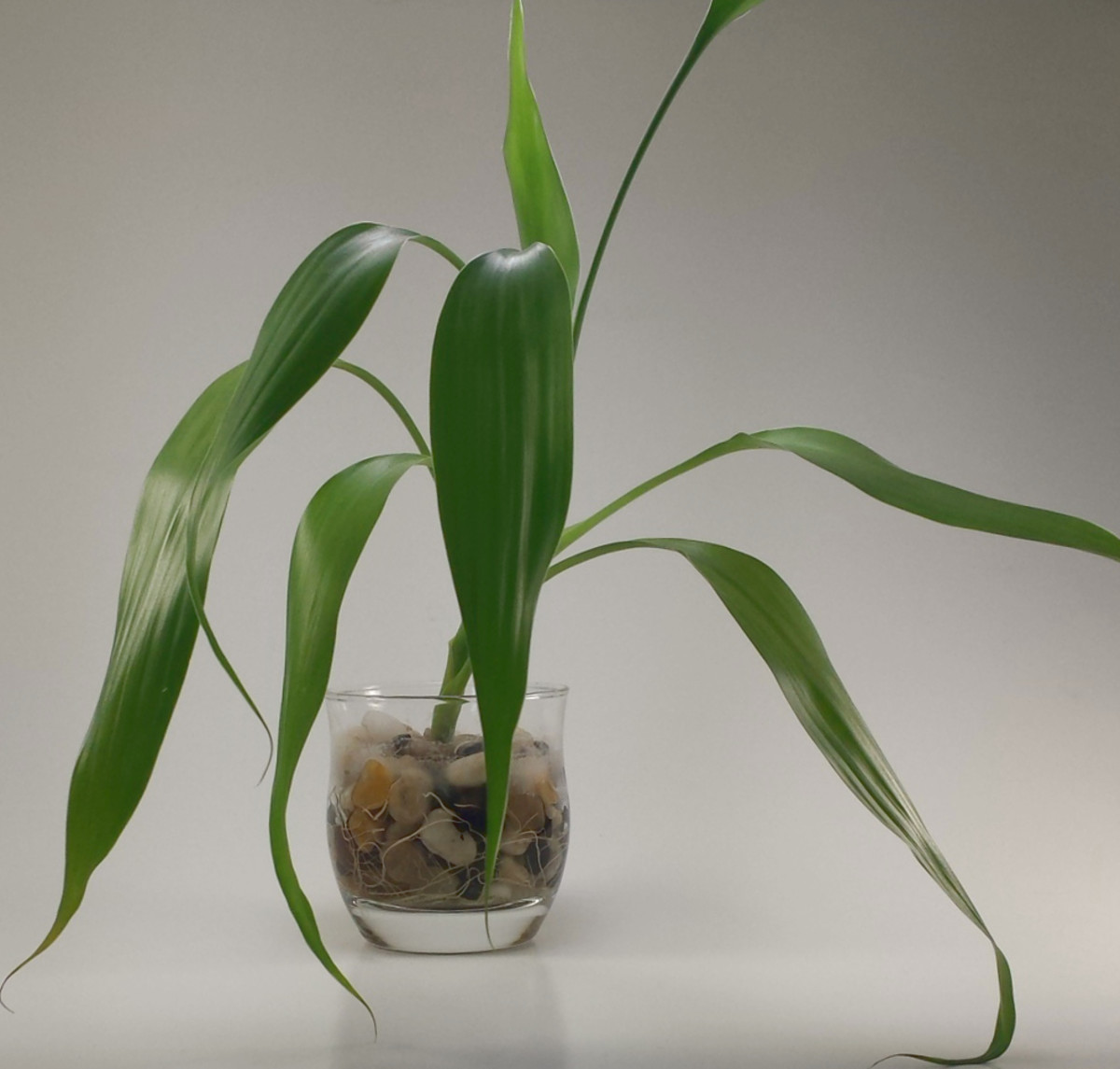Houseplant Rescue 101
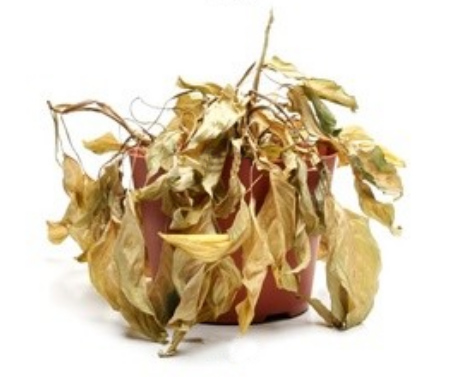
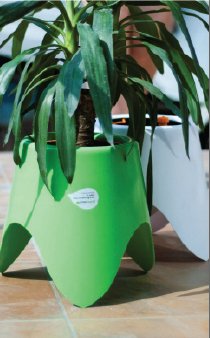
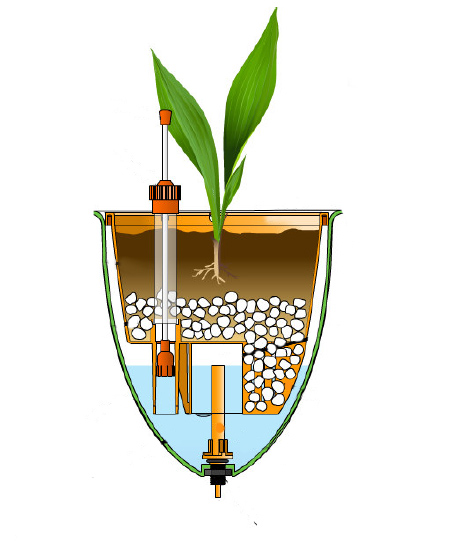
Tips and ideas for better houseplants
If you’re like most people you probably have a plant in your house or apartment. Maybe your one of the many who uses plants as decorations in the same way you have furniture and pictures on the wall. Or maybe you think of your plants as living and breathing friends that require your love and attention to grow and prosper.
What ever the reason for you to have your plants, you have made an investment in them and your goal should be to maximize your investment by helping your plants live a long life and grow to a large size and ripe old age.
As you may be able to guess most house plants originated in the outdoors and it’s only our desire to bring the outdoors inside that created the indoor houseplant “industry.” Most house plants developed in rainforests, deserts, mountainous regions and wide open plains. Or course each of those regions have their own conditions.
When we bring these outdoor plants indoors we are relocating that plant from its native growing conditions to our own man made environment which can vary significantly from home to home. It’s no wonder plants struggle so much to stay alive, even in the most optimum locations.
Unfortunate as it is, most people have had more than one favorite plant dwindle away to nothing and eventually end up in the trash heap. And, because most plants are relatively inexpensive, we don’t feel much anguish as one plant goes away and we bring a new one into our personal world.
Choosing the right plant can be a confusing experience. People’s preference for plant styles includes roughly 55% flowering plants and 45% foliage plants. Best selling houseplants include Azaleas, Begonias, bulb-plants, Cacti, Chlorophytum, Chrysanthemum, Cyclamen, Dieffenchia, Dracaena, Ferns, Ficus, Geranium, Herera, Impantiens, Kalanchoe, Monsera, Palms, Poinsettia, Saintpaulia, Scindapsus.
More recently consumers are branching out from the more traditional plants that have been popular for many years. It is becoming very trendy to buy exotic plants and become something of a horticulture expert so when your friends visit you can present your plant, in the same way you might show off a unique painting or exotic piece of furniture.
Finding a plant that can thrive in your personal living space can also be a challenge. Everyone who buys plants knows of those little tabs usually placed into the dirt with basic information on where and what it takes to keep the plant alive, but unfortunately conditions vary so much between room to room in your house that it’s really just a best guess when determining what will grow the best in your home.
While there are literally thousands of plant options, however very few make it to the shelves of your local stores. Primarily only the heartiest of plants are sold at large chain retails because of the delicacy of plants. Put simply, retailers cannot afford to loose too many plants or their profit margin diminishes.
Most retailers rely on plant experts to sell them the plants that will last the longest in their stores with the least amount of plant deaths. If you are looking for something really unique you’ll need to visit a specialty garden center or houseplant expert.
Once you get your plant home it becomes your new responsibility to keep it looking its best and growing for years to come. While there is no hidden secrecy to proper plant care few people have the time or desire to provide the ideal care and maintenance of their house plants. It is for those reasons that most houseplants struggle to stay alive.
The reasons houseplants wither away are as varied as the types of plants available. One of the problems with plants is they never just die one day. It’s always a matter of weeks or months for them to fade away. It’s not always obvious that they are going until it’s too late.
Some of the primary reasons plants head for that big garden in the skies include, dry air, too much or too little sunlight, making your living area too cold in the winters, or simply drafts of cold air.
By far, the most common reason that plants die is because of incorrect watering procedures. As plant owners we can often be over attentive and water the heck out of our plants or because of our busy lifestyles we simply forget to water our plants enough on a regular basis.
Over watering is the #1 mistake that most plant owners make to kill off their plants. These owners love their plants TOO MUCH and they think that by bestowing quarts and quarts of water on their plant, the plant will respond by growing up to be reminiscent of the beanstalk that Jack climbed up.
While it’s obvious that plants thrive on water to survive, adding too much water removes much of the oxygen from the soil (oxygen is a vital component of plant growth). When over watering occurs the roots of the plant are soaked in the water with no chance of drying out or breathing and eventually rot to death.
One reason it’s easy to over water is that it’s very hard to recognize you are doing it until it is too late. And it’s not always easy to understand how much water your plant really needs because water demands vary a lot by plant type. One tell tale sign of over watering is when plants stems become less firm and spongy. Rotting roots will give off an unpleasant odor which is also a sign your plant does not have long for this earth.
Here are some useful tips to avoid overwatering. #1. Before you begin your watering regimen read a little bit about your plant, even if it’s only the little insert tab you found in the soil. Get a good idea of how much water and light your plant needs and follow those guidelines. #2 Don’t water blindly. Check the soil before watering with your finger. If the first inch and a half is not dry then you shouldn’t water. #3. Make sure your plant is in a pot that has some drainage. This allows any flood of water to escape. Of course this can also make a mess on the table the plant is setting on but what’s worse, a wet table or a dead plant? It’s amazing how simple these guidelines are yet millions of plants die needlessly due to overwatering.
Other than over watering, under watering is the 2nd major reason for plaint failure. As mentioned earlier, plants require oxygen and nutrients from the soil, but they cannot get those vital components from dry soil.
Plants that have been under watered will begin to drop leaves or the leaves will get brown, shrivel up and become very brittle. Under watering is often easier to notice but the key is not to overdo the watering and end up with a root-rot problem.
Of course no one commits these two major indoor gardening fauxpau on purpose. We’re all busy trying to keep our lives together and sometimes our beloved plants suffer the consequences.
There is another hidden problem that occurs when it comes to watering yet can still cripple plant growth. In some cases, the soil that is in your pot can become caked or packed which makes the water pool in certain locations within the pot. When this happens roots in the dry area die out and roots in the over moist areas begin to rot.
There have been various attempts to solve plant problems that are related to watering by many well meaning inventors. Maybe you have purchased one of these automatic water bottles or bulbs that are filled with water and are supposed to regularly ration water to the roots. Unfortunately they all appear to be short term solutions.
One modern answer to this problem is a recently introduced planter that uses a system to feed plants from below the soil. This sub-soil feeding system brings the water in from underneath and uses the potting soil to wick the correct amount of moisture up to the root system. This is the type of system used by many professional greenhouses to grow indoor plants throughout the year with perfect results.
This feed from below method is ideal for young plants because as the roots grow and demand more water they emerge down and closer to the source of their nourishment. Feeding from below keeps the moisture more balanced than pouring it in from the top.
In his studies of trees in drought conditions, Cornell University’s Todd Dawson introduces the term “hydraulic lift” to describe the action of water coming from below to feed hungry tree roots in a more even and nutrient rich way than with typical watering from above.
The website Plant-care.com also describes what they call a subirrigation system as an ideal way to water plants. Some of the benefits include:
--Less pests in the soil because water is not as prevalent at the top
--Longer intervals between watering
--Less plant stress
--Seasonal plans often hold blooms longer
--Less chance for spills on carpets and furniture
--A more measured water disbursement.
The TriPot planter mentioned above uses the same sub-irrigation system to feed plants by pulling moisture upward into the entire root system through capillary action.
Instead of adding water from above it is added to a reservoir that uses the potting soil to wick the correct amount of water up to the roots. It keeps the soil at a more constant moist state. Not too soggy and not too dry.
“We’ve found this to be the ideal way to water plants and allow them to grow in the best way possible” says Sandy Tang of Greenamic, the creator of the Tripot. “An added feature is the stylish design of our self irrigating planter. It’s a very contemporary look for such a useful device,” added Tang.
If you’re making the investment in plants for your home it makes sense to ensure they are being properly watered. The popularity of houseplants continues to grow as younger people move out on their own and furnish their own houses or apartments. If you’re an average American you have roughly six houseplants in your home or apartment. However as many as 75% of homes/apartments have at least one plant and 25% have twelve or more houseplants.
While it’s always been common to be able to buy houseplants from just about any general retailer, more and more consumers are buying their plants Online. Web retailers such as ProPlants.com, ComfortHouse.com and even Amazon.com report continually increasing sales in their houseplant category.
In the USA the average household spends roughly $50 per year on plants and sales continue to “grow” at 4-7% per year. This means more and more of us are buying plants to make our living spaces more green and nicer looking.
Growing plants indoors and be a rewarding experience both in décor as well as a sense of pride in making something grow in prosper thanks to your time and effort. Indoor plants allow you to be creative with colors shapes and the styles of plants you choose.
Just make sure that you give your plants the proper care they need or consider new devices such as the TriPod to help you help your plants be the best they can be.
For more information on the article above try these websites;
http://www.greenamic.com
http://www.coolest-gadgets.com/20101008/tripot-watering-planter/
http://www.trendhunter.com/trends/tripot-i

